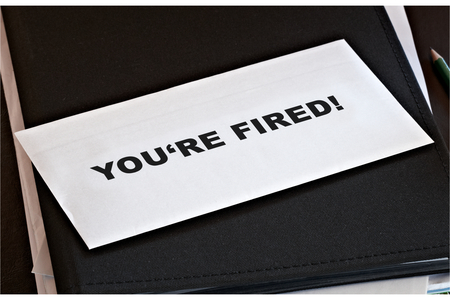Billing rates lag for female lawyers; are 'backroom assessments' to blame?
Billing rates for female lawyers lag those of male lawyers, according to a study of $3.4 billion in legal work from more than 3,000 law firms.
Among partners, billing rates for female lawyers were about 10 percent lower on average than those of their male counterparts, the Wall Street Journal reports (sub. req.). Billing rates of female associates were also lower, even at firms that pay on a lockstep basis. In firms of 1,000 or more lawyers, the average billing rate for female associates was $27 less than that of male lawyers, the study found.
Legal-spending software company Sky Analytics analyzed three years of billing data for the study, according to the Wall Street Journal report. The company found a gender gap in billing rates even among partners of similar levels of experience in the same market. In New York, for example, partners at firms of more than 1,000 lawyers with 13 to 24 years of experience who represented investment banks had average hourly billing rates that were 25 percent higher than that of female partners in the same situation.
One reason for the billing gap, the story says, is that women may make up a higher percentage of practice areas that bill at a lower rate. And women are underrepresented on governing committees and among equity partners.
University of California at Hastings law professor Joan Williams says part of the problem stems from the ways firms evaluate lawyers and award origination credit for bringing in work. “It’s all a series of backroom assessments and backroom deals,” Williams told the Wall Street Journal. “It’s just like a petri dish for gender bias.”
Williams, director of UC Hasting’s Center for WorkLife Law, surveyed about 700 law partners, most of them females, about law firm compensation in 2009. She found that at firms that award origination credit, four out of five respondents said they had not received their fair share of such credit. The women also said they were expected to share origination credit when they brought in new clients, but there was no such expectation for men.
Employment lawyer Patricia Gillette of Orrick, Herrington & Sutcliffe said another problem at some firms is that big clients tend to get handed down to male, rather than female, lawyers. The problem doesn’t occur when women partners are large rainmakers, since firms want to reward those lawyers, but it can happen among women lawyers with less power, she said.
Andrea Kramer, a partner at McDermott Will & Emery, identified another problem. Women lawyers tend to take on administrative and nonbillable “housekeeping” tasks at law firms that aren’t rewarded in terms of pay or prestige. Williams wrote about the problem in her new book, What Works for Women at Work.



